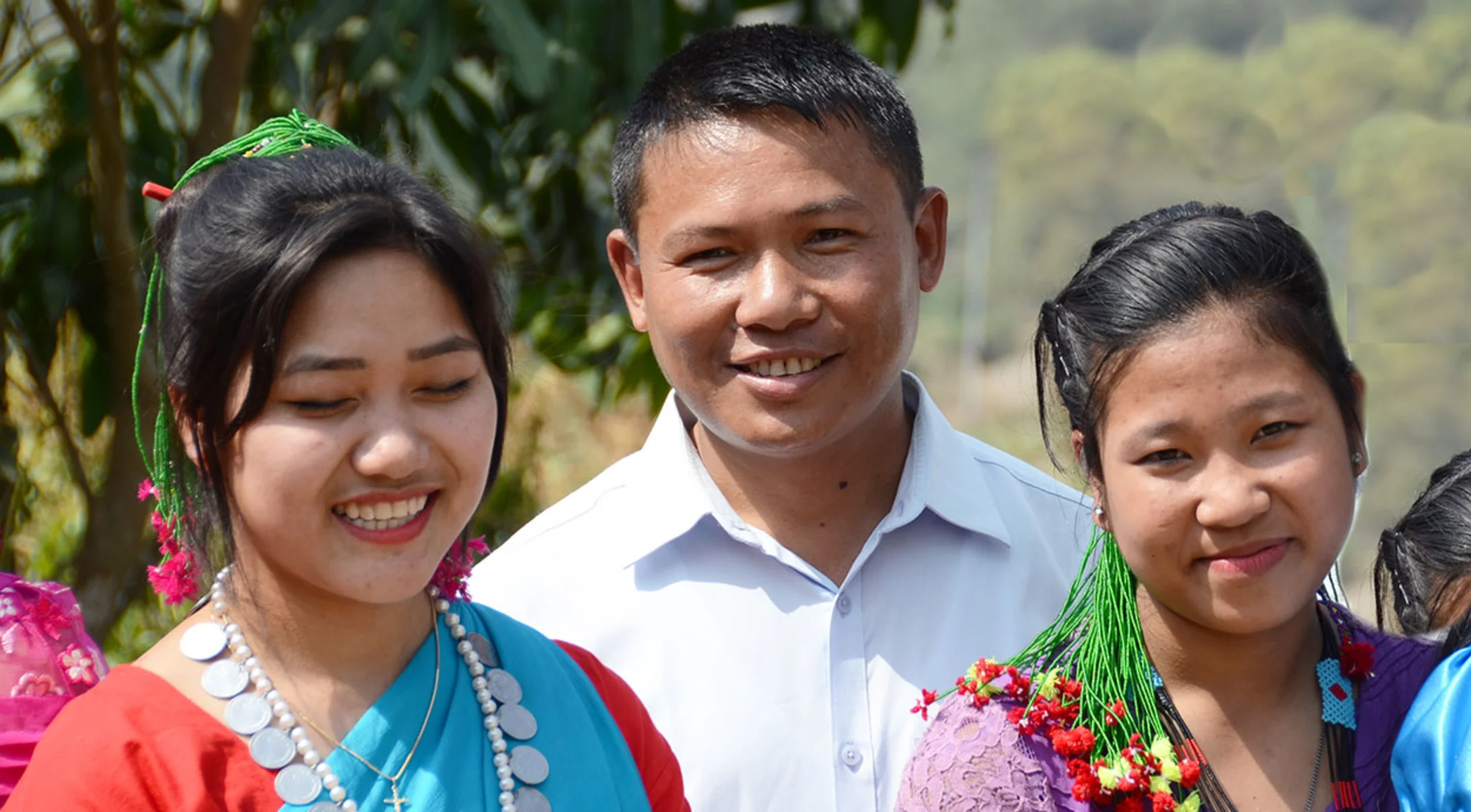
Every year in the months of November and December, the same phenomenon is seen in the Bandarban Hill district of Bangladesh. Parents from far and wide make a pilgrimage to the educational institutions and hostels in the larger towns to get a place for their children to attend school in the coming year. Most of them return home disappointed. The number of available places is much less than the demand.
This situation is very unfortunate. However, the great interest shown by parents from all villages in the Bandarban Hill Tracts - who are illiterate themselves - still gives us hope as NGO workers. Their desire for education for their children did not develop overnight. You could say that it is a "revolution". And it took almost 20 years for this revolution to happen. Interest in education was sparked by the tireless work of people from government, private sector, NGOs, religious, political and social leaders as well as the media.
Investing in the human capital
"Education is the backbone of the nation" - this was and is the message that everyone should hear. An article by education expert Manjare Khoda was published in the Daily Star newspaper in January 2022. It was about research results comparing the progress of various countries with the investment in "human resources". According to Khoda, "research, technical and technological education" have the highest efficiency. China has outperformed Japan and the United States in various fields because it makes the best use of its technical capabilities through education. In other words, the country has gone from zero to the top by investing in education.
A place in India as inspiration
Years ago, I visited the Indian town of Shillong in the state of Meghalaya, which lies between Bangladesh and Bhutan. There I was impressed by the mission schools where students from India, Nepal, Bhutan and Bangladesh flock to. The schools are known for their good quality, especially for learning English. The small town of Shillong has managed to become known throughout India and beyond as a "pilgrimage place of education". Well, the small town of Shillong, nestled in a hilly landscape, resembles my hometown of Thanchi in the Bandarban district....
The hill country as a place of pilgrimage?
Technology, in the form of the Kaptai Dam and hydroelectric power plant, has swallowed up almost all the good agricultural land of the Hill Tracts. What is left for the people to develop is only themselves - the "human resources". Will they be able to progress through knowledge of technology of all things? Can we build an education system for them with English, mathematics, science and technology? It has taken 20 years for people in the Hill Tracts to become interested in education. It may take many more years to establish an education programme. But why not start today? Shillong is a small place, but it gives us a lot of inspiration and courage. My vision is that the hill country of Bangladesh, the Bandarban Hill Tracts, will also become a Shillong and a pilgrimage place of learning.
Moung Moung Shing, Director von Humanitarian Foundation, Bangladesh
(this text was published in two newspapers in Bangladesh in January 2022)
see also: Rowa Kyang Project / Humanitarian Foundation